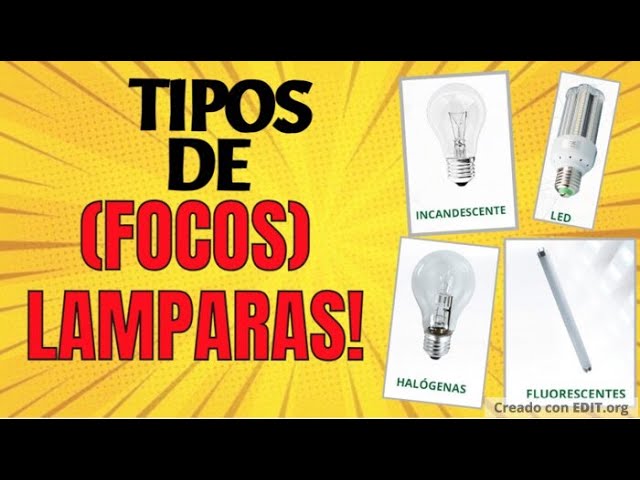The Search for the Most Efficient Desk Lamp Bulb
In the quest for energy efficiency and cost savings, choosing the right bulb for your desk lamp is a decision that merits significant consideration. Too often, we select lighting solutions based on immediate needs, neglecting the long-term impact on our electricity bill and environmental footprint. In this article, we will explore different types of bulbs, shedding light on their efficiency and usability for desk lamps.
Understanding the Basics
What Makes a Bulb Efficient?
Efficacy is determined by the lumen-to-watt ratio, that is, the number of lumens (light output) a bulb provides per watt of power consumed. In general, the higher the lumen-to-watt ratio, the more efficient the bulb.
The Contenders for Efficiency
LED Bulbs
LED (Light Emitting Diode) technology has taken the lighting industry by storm due to its exceptionally high efficacy and longevity. LED bulbs are now the preferred choice for their low energy consumption and long lifespan. These bulbs produce light by passing an electrical current through semiconductor material.
- Pros: LED bulbs provide a high lumen-to-watt ratio, are instant-on, and have a long lifespan (typically over 25,000 hours).
- Cons: The initial cost is greater than other bulbs, but this is offset by long-term savings.
CFL Bulbs
Compact Fluorescent Lamps (CFLs) are another energy-saving option. They work by driving an electric current through a tube containing argon and a small amount of mercury vapor. This generates invisible ultraviolet light that excites a fluorescent coating on the inside of the tube, which then emits visible light.
- Pros: CFLs consume about 70% less energy than incandescent bulbs and can last up to 10,000 hours.
- Cons: They take a few moments to warm up and reach full brightness, contain trace amounts of mercury which requires special disposal, and are sensitive to frequent on-off cycling.
Halogen Bulbs
For those who prefer the look and feel of traditional incandescent bulbs, halogen bulbs are an alternative. While they operate similarly to incandescent bulbs by heating a filament to produce light, they are slightly more efficient due to the halogen cycle.
- Pros: Halogen bulbs provide a warm light and can be fully dimmed.
- Cons: They are less efficient than LED and CFL bulbs, and their lifespan is shorter, typically around 2,000 hours.
Incandescent Bulbs
Incandescent bulbs, the oldest type of electrical lighting and once the standard, produce light by heating a wire filament to a high temperature until it glows. However, they are the least efficient choice for a desk lamp.
- Pros: They are inexpensive and provide a warm, comforting light.
- Cons: Low efficacy, high heat output, and a short lifespan (about 1,000 hours).
Additional Considerations for Your Perfect Desk Lamp
Color Temperature
When choosing a bulb for your desk lamp, consider the color temperature. Measured in Kelvins (K), lower values mean warmer light, while higher numbers give off a cooler, blueish light. Depending on your needs, you may prefer one over the other.
Dimmability
If you want to control the brightness of your lamp, ensure that you choose a bulb that is compatible with your dimmer switch.
Conclusion
After considering all aspects, it’s clear that LED bulbs stand out as the most efficient choice for desk lamps. They offer impressive lumen-to-watt ratios, longevity, and have a range of color temperatures suitable for any task. Although they come with a higher upfront cost, their efficiency and lifespan compensate for the investment, making them the prime recommendation for anyone looking to improve their desk lighting situation.

